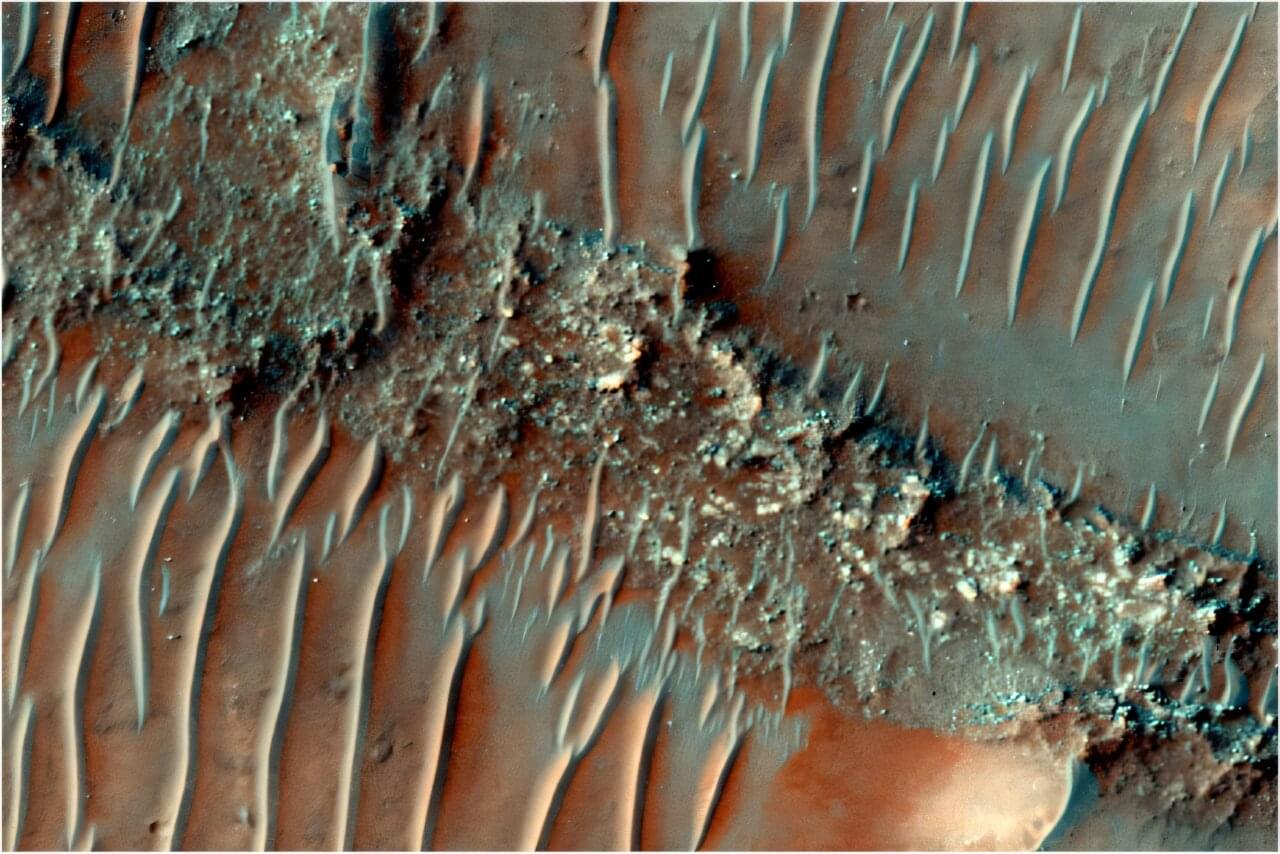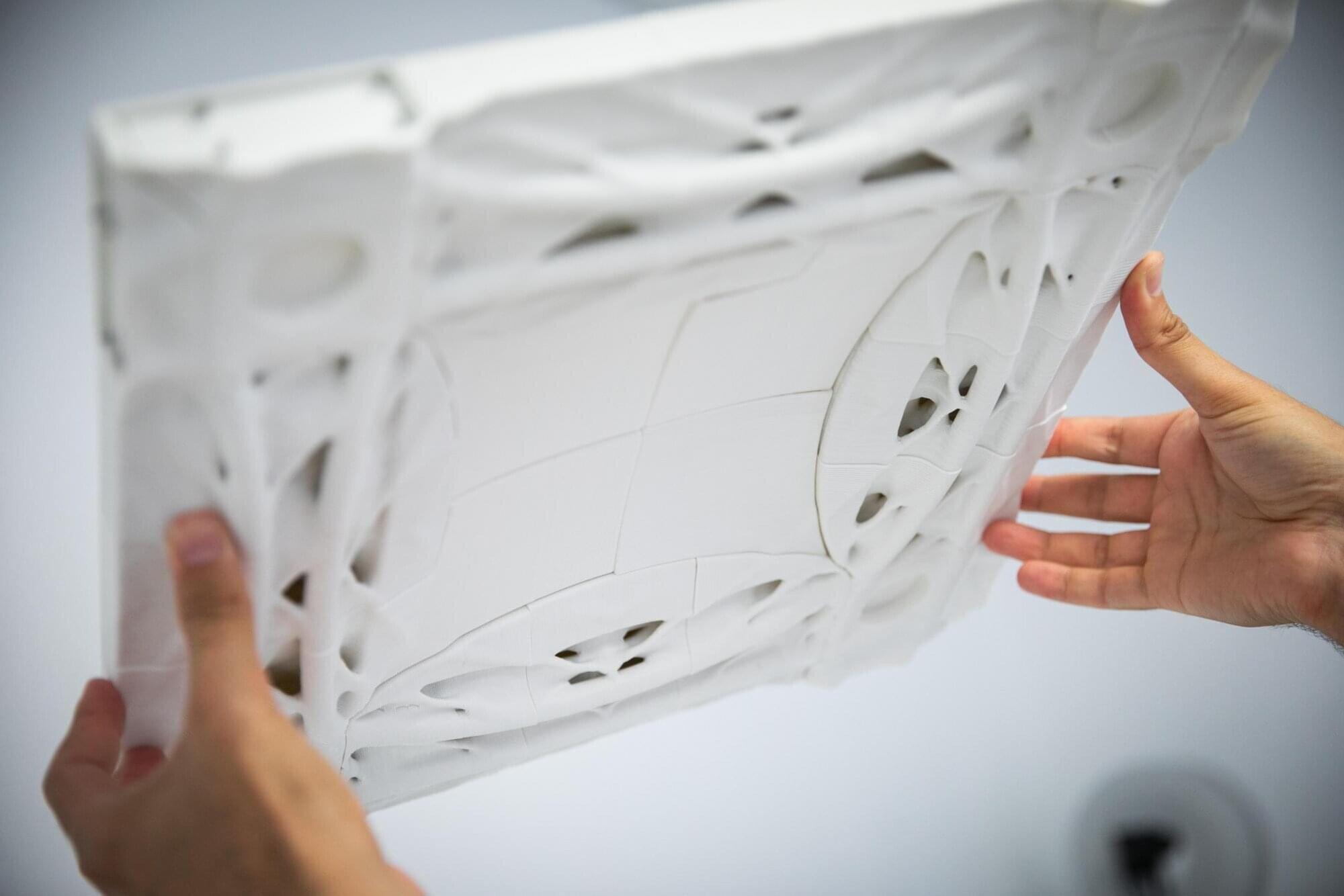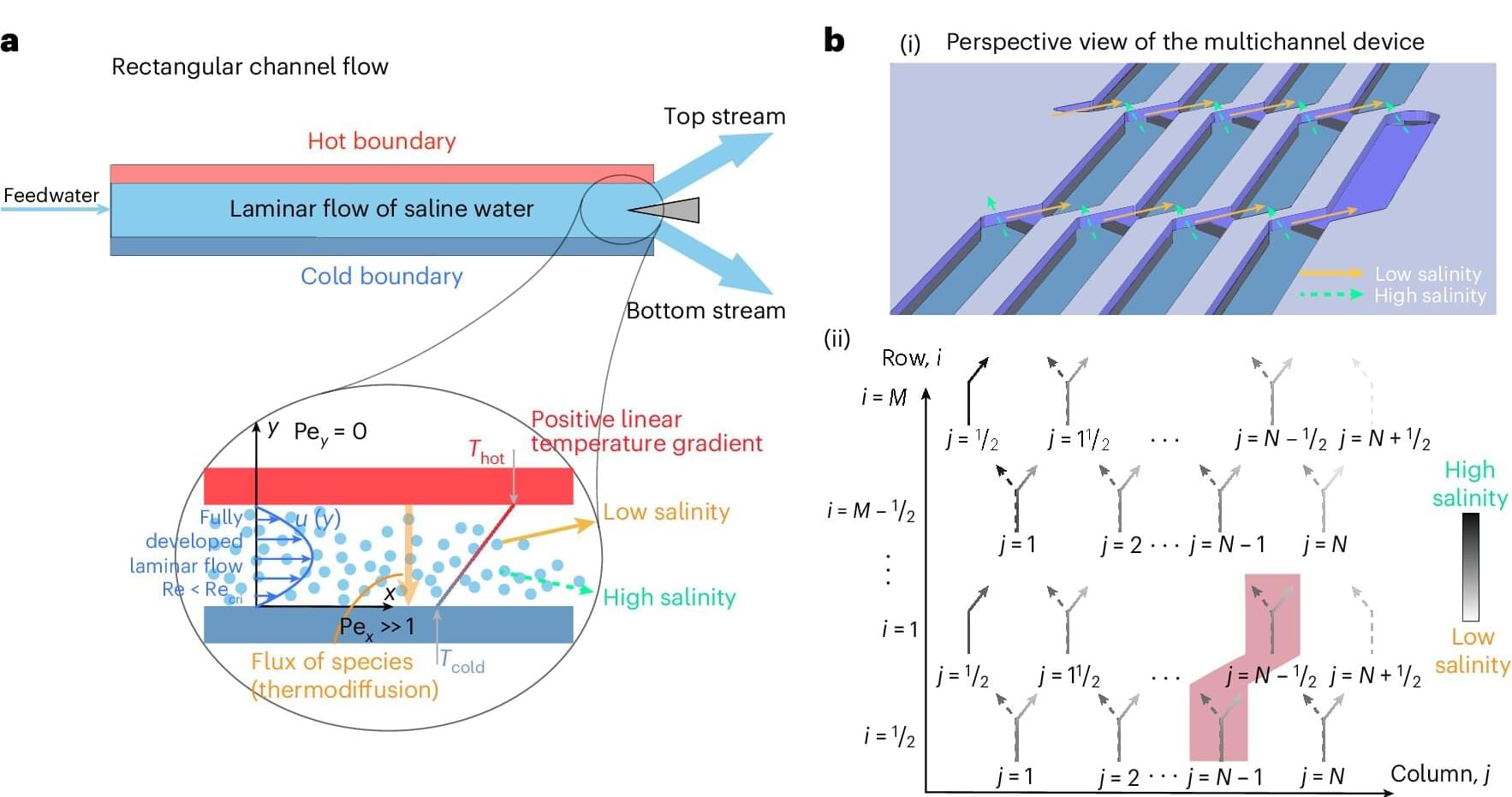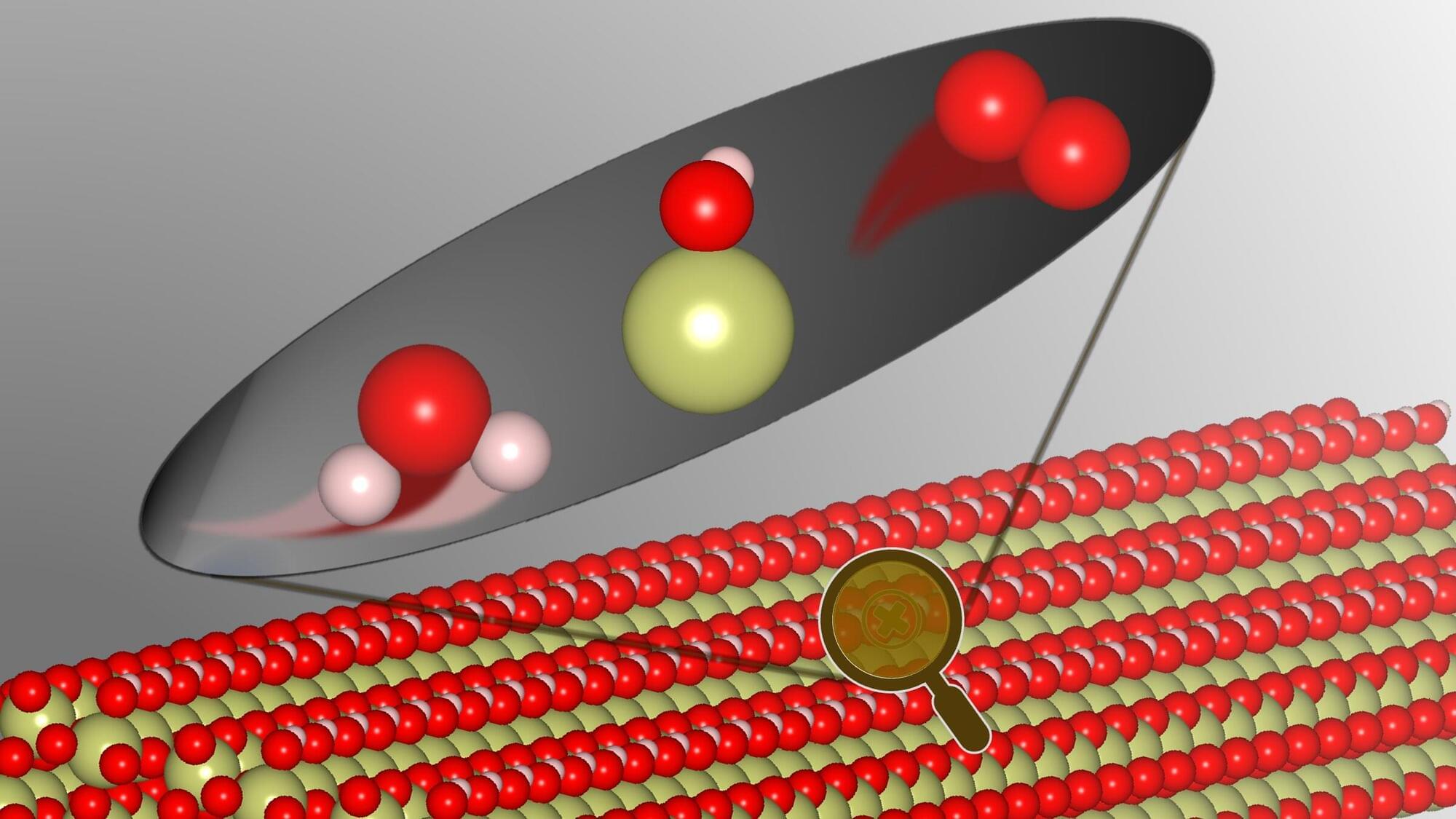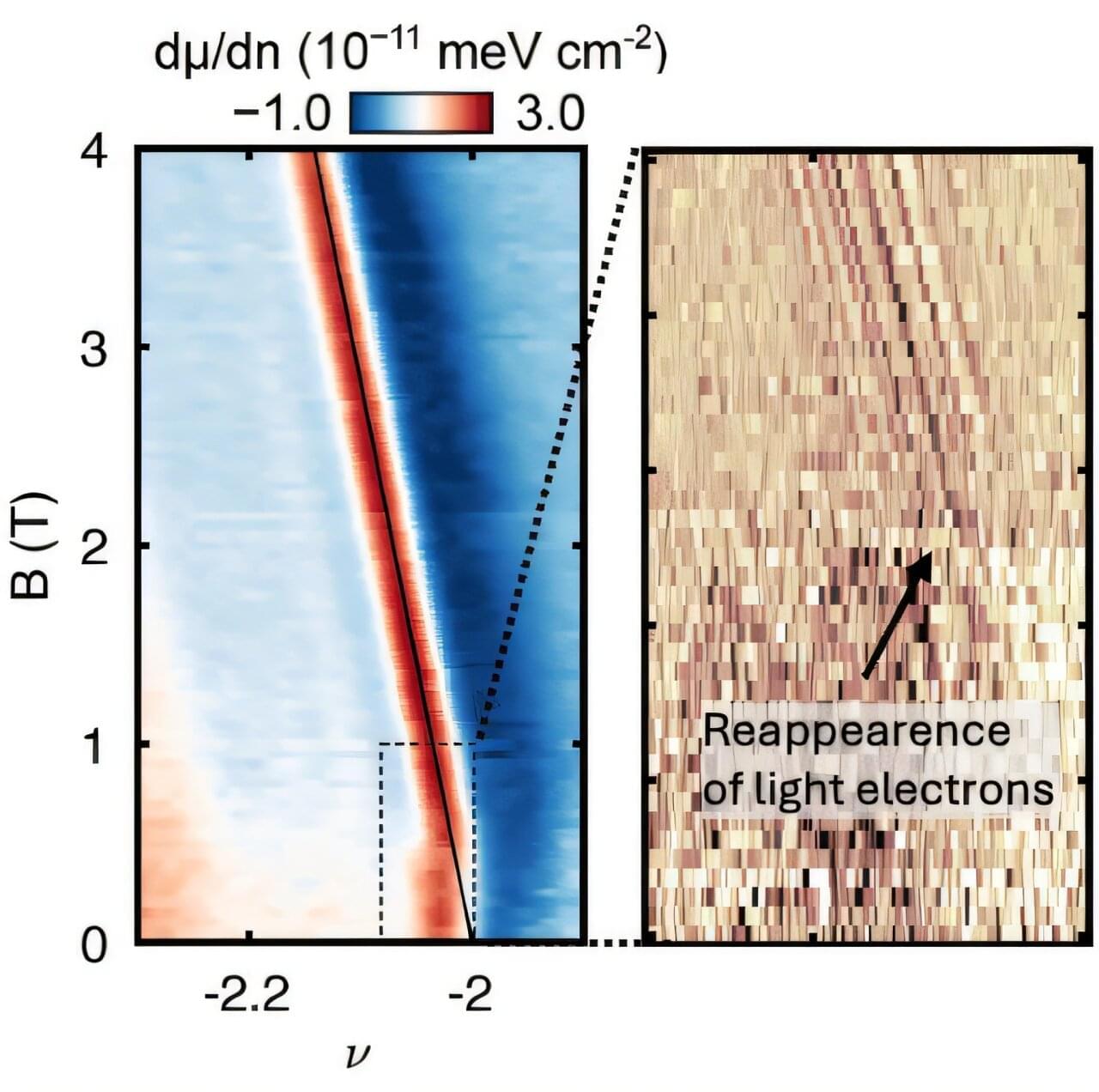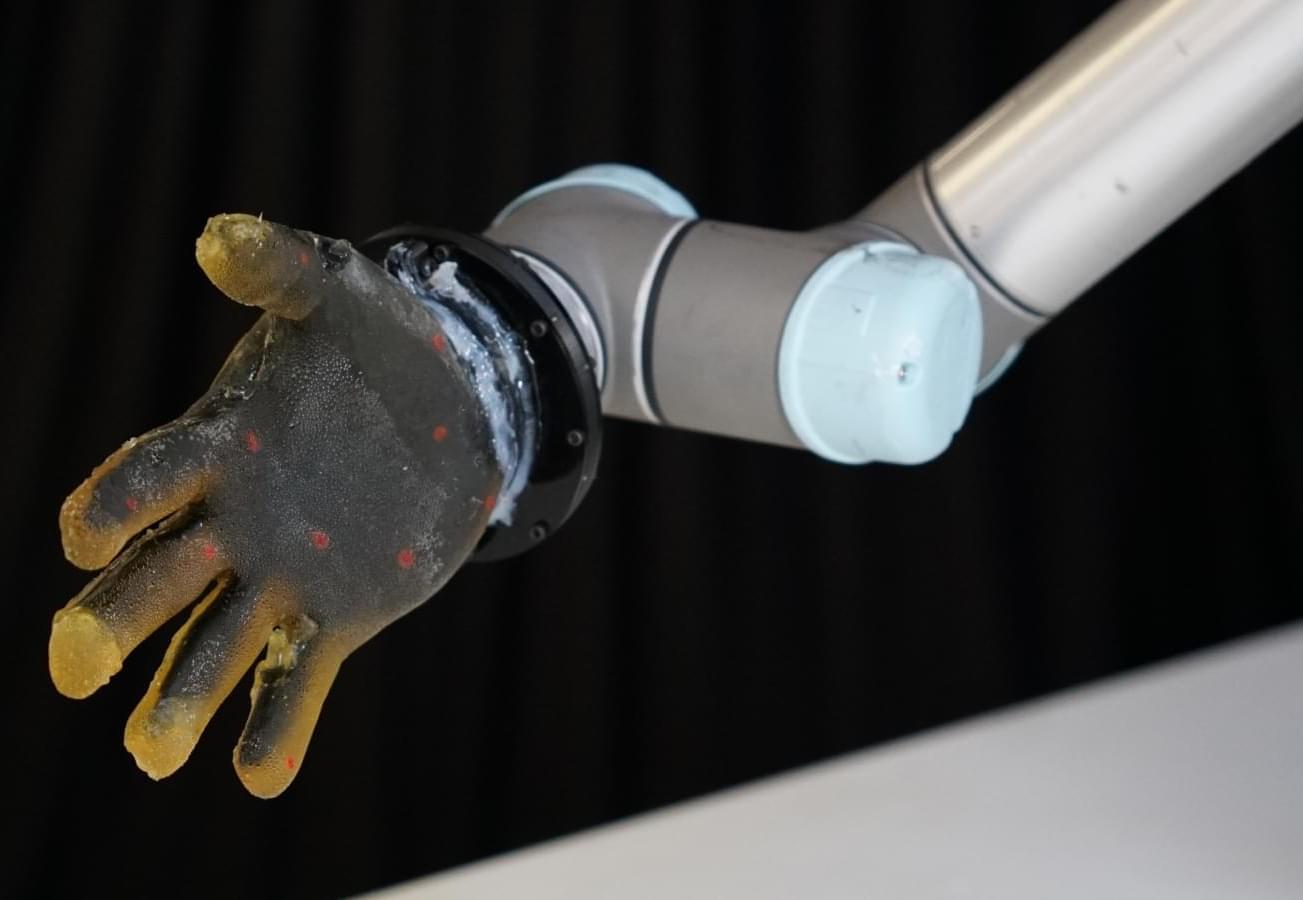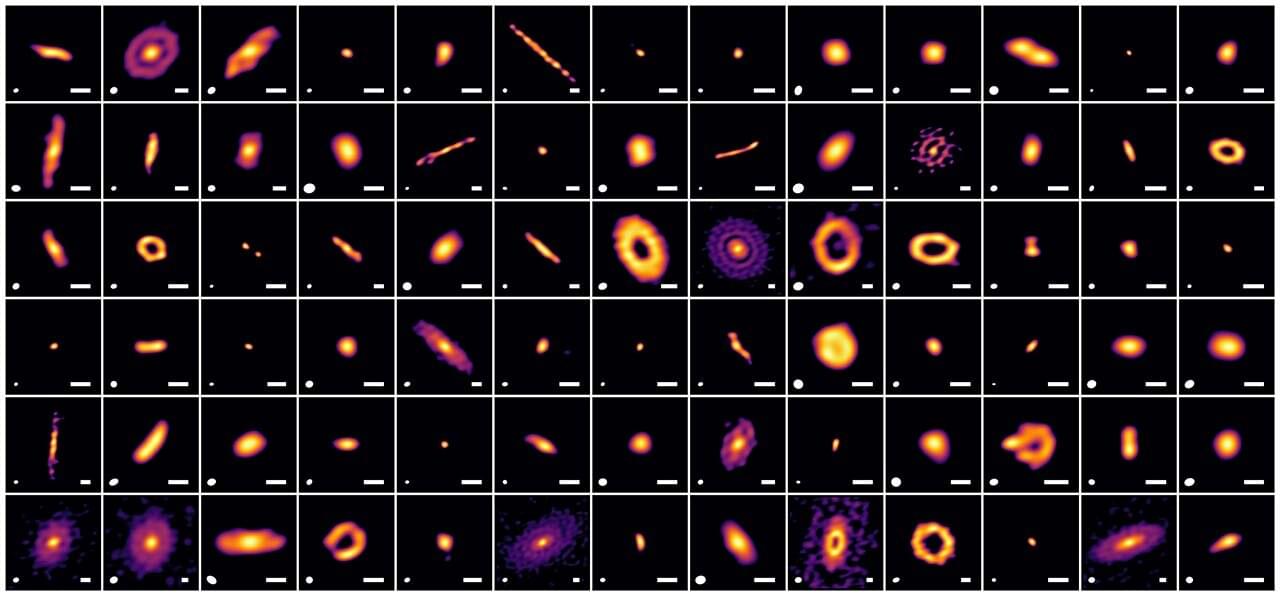The discovery of more than 15,000 kilometers of ancient riverbeds on Mars suggests that the Red Planet may once have been much wetter than previously thought.
Researchers looked at fluvial sinuous ridges, also known as inverted channels, across Noachis Terra—a region in Mars’ southern highlands. These are believed to have formed when sediment deposited by rivers hardened and was later exposed as the surrounding material eroded.
Similar ridges have been found across a range of terrains on Mars. Their presence suggests that flowing water was once widespread in this region of Mars, with precipitation being the most likely source of this water.
